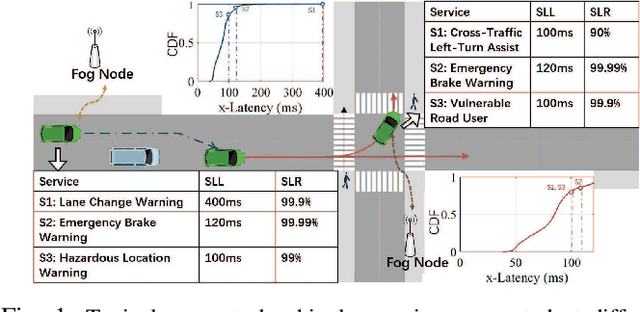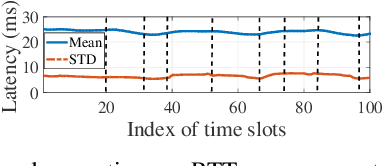A Generative Learning Approach for Spatio-temporal Modeling in Connected Vehicular Network
Paper and Code
Mar 16, 2020



Spatio-temporal modeling of wireless access latency is of great importance for connected-vehicular systems. The quality of the molded results rely heavily on the number and quality of samples which can vary significantly due to the sensor deployment density as well as traffic volume and density. This paper proposes LaMI (Latency Model Inpainting), a novel framework to generate a comprehensive spatio-temporal of wireless access latency of a connected vehicles across a wide geographical area. LaMI adopts the idea from image inpainting and synthesizing and can reconstruct the missing latency samples by a two-step procedure. In particular, it first discovers the spatial correlation between samples collected in various regions using a patching-based approach and then feeds the original and highly correlated samples into a Variational Autoencoder (VAE), a deep generative model, to create latency samples with similar probability distribution with the original samples. Finally, LaMI establishes the empirical PDF of latency performance and maps the PDFs into the confidence levels of different vehicular service requirements. Extensive performance evaluation has been conducted using the real traces collected in a commercial LTE network in a university campus. Simulation results show that our proposed model can significantly improve the accuracy of latency modeling especially compared to existing popular solutions such as interpolation and nearest neighbor-based methods.
 Add to Chrome
Add to Chrome Add to Firefox
Add to Firefox Add to Edge
Add to Edge